LIFT OFF: Why launch straight and not slant?

LIFT OFF: Why launch straight and not slant?
Why ditch the Right Angled Triangle Law?
 |
| Source // Tom and Jerry: Spaced Out Cat |
First of all, for all those who don't remember the right-angled triangle law, it states that the hypotenuse is longer than the other two sides, also it is shorter than the sum of the other two sides.

Let's just assume some distances, here's a right-angled triangle with dimensions 12, 16 and 20 - a quite popular triad of 3 4 5 just scaled up four times. 12 + 16 equals 28 and i.e. indeed greater than 20, so why would you ever like to travel 8 units extra to reach the same destination. Therefore, don't you think travelling diagonally would cost less fuel than travelling horizontally up and then vertically? Basic sense isn't it?
Well, what did you expect! It's rocket science. Things don't work the way an average brain thinks.
FIRST-PRINCIPLES FIRST:
1.) WHY NOT SLANT - because of fuel efficiency:
Basic knowledge of vectors is enough to explain this. When a body is projected tilted, the Force of thrust produced by the rocket can be broken down into two vectors, namely the vertical component, that is used to overcome the gravity and the horizontal component that is wasted. And in massive costly rockets, you cannot afford to waste resources like fuel. When you launch it straight, you just have to overcome the weight of the rocket and it is simple. Turn on the flame thrower!
2.) WHY NOT SLANT - because of gravity:
Gravity is a massive deciding factor when it comes to launching a rocket. More about this in the next blog, but to give a basic idea about it, launching straight would fool gravity. The weight of the whole rocket acts at a single point, whereas when you launch a slant, the weight of the rocket acts on an increased surface area which produces torque and the rocket might crash just after lift-off if not projected with adequate force. Was that clear? Comment down all your doubts...
To explain the title, more efficiently, I would require some more terminologies.
CYCLOID v/s STRAIGHT LINE:
This GIF and studies have revealed that travelling in a cycloid path is 83% more efficient than a straight line which means that a straight line path is 17% slower than a cycloid path. I will explain cycloid in a while. Before that, we have known that Gravity is the worst enemy of a rocket in one of our previous blogs (Gravity: Worst Enemy of a Rocket) which means that the more time you stay in the air, the more you will be pulled by gravity. By bending your motion, you are able to fool gravity. When your motion gets more horizontal and less vertical, the force of gravity acting on you reduces because now you are generating a centrifugal force that is counteracting with the gravity. Hence, you save a ton of fuel.
In the case of a straight line, the rocket goes straight up, the velocity vector of the rocket would keep on increasing in the y-direction, whereas the x-component of the velocity vector would be zero. So after a point in time, when the tanks are deprived of fuel, the rocket just decelerates and heads back to the ground. The result is a smash to the ground.
So we need a path in which the rocket moves up but simultaneously move in the x-direction too. Well, then you would say that it is leaning towards a straight line or a parabola. Well, technically, it is neither of two. The type of curve has to be such that the rocket reaches orbit in the least possible time. Therefore after numerous experiments and intense mathematics, scientists derived a function named cycloid. Here's a GIF to describe how a Cycloid is the fastest path to reach from A to B.
FASTEST PATH:
A few of you must be already knowing that the fastest way from A to B is apparently not a straight line, not a parabola, not even a circle but a cycloid. A cycloid is a curve that is generated when you fix a point on the circumference of a circle and let the circle revolve on a floor. The trajectory plotted by that point is a cycloid. Very similar to how a sine wave is formed when you allow a circle to rotate about its centre.
Want to understand a cycloid, I would highly recommend this video: Click here
Therefore, you understood that rockets move in a cycloid but why cycloid. That's where we dive deeper. If you look at the actual trajectory, the rocket seems to move in a straight line in the initial stage. It starts taking turns after a certain point. This is called "gravity turn". Maybe a topic for another blog.

We need to save fuel, save ourselves from the worst enemy named "Gravity" so we ditch the right-angled triangle law, we ditch a straight line, a circle, a parabola and go with a cycloid. Fooling gravity is not easy, it required rocket engineers to think out of the box. Thus we now know why rockets don't launch slant.
Damn!! That's a lot to digest. Sure shot loose motions. But this series was always supposed to be this technical! I tried breaking stuff into simpler pieces. Make sure you utilize the comments section to ask doubts. With that, I take a leave! Hey, it's Hardik, signing off.
Check out the first one in the Lift-Off series: Complexities of a Rocket Launch
 |
| Link |
Humourous one, you would love it!! : Space Suits
The most loved blog: Rocket Engine: Part 1
Make sure you follow my Instagram page for regular updates: Direct Link
 |
| Have a look at the "Hey Its Hardik Family" |









I'll tell u why they launch it straight. Because they can afford to get their penises straight up unlike your dysfunctional 3 mm micropenis, you little dog.
ReplyDelete